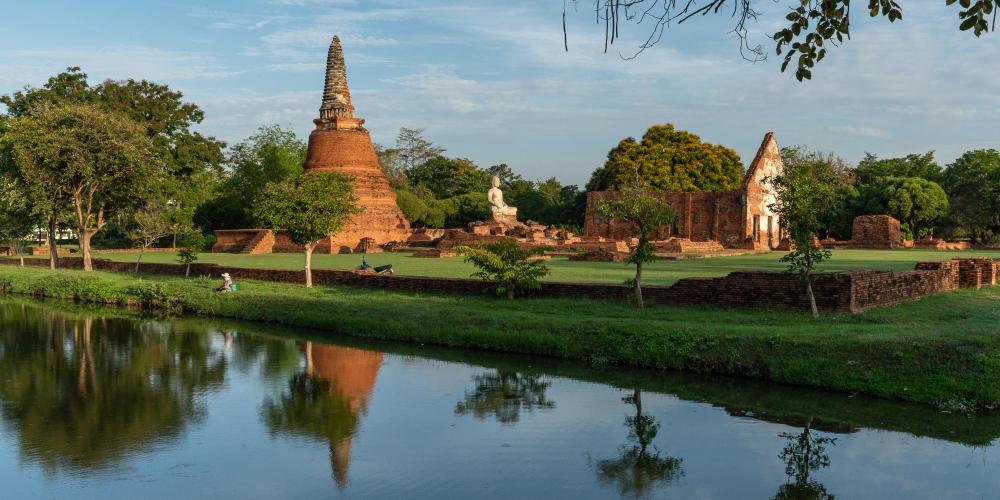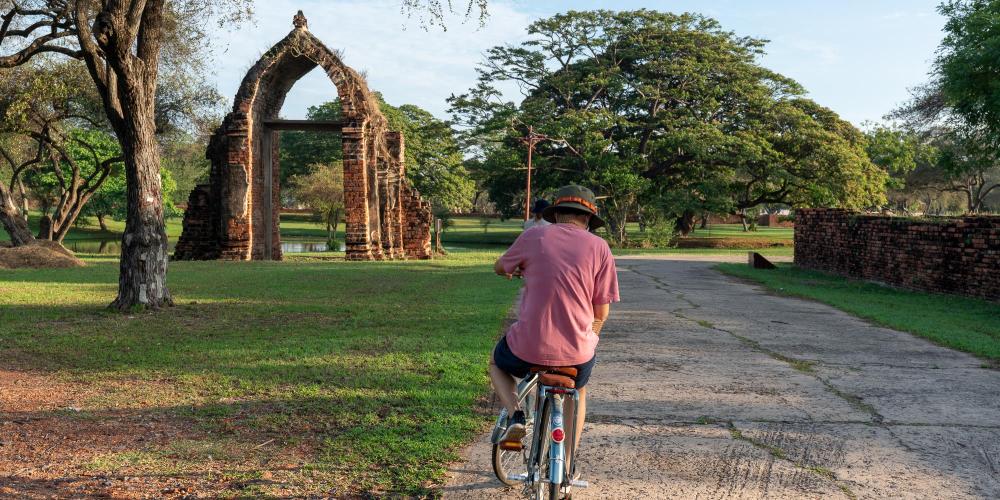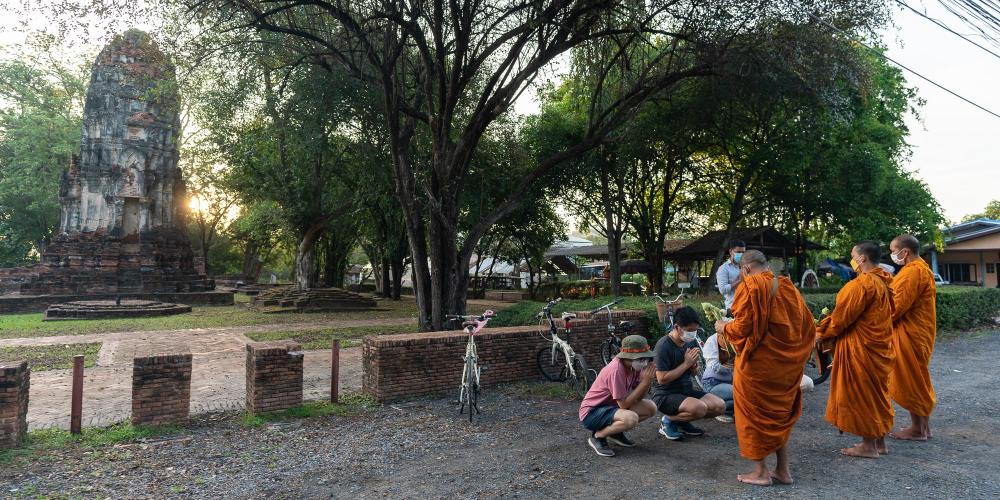Historic City of Ayutthaya

By the time the city of Ayutthaya was officially founded in 1351, the northern kingdom of Sukhothai was already beginning to fall apart. With the first capital of Thailand losing its political power, there was an opportunity for a new kingdom to emerge… and Ayutthaya saw its chance. First it took control of Sukhothai, and then attacked its neighbours, including the Khmer Empire to its east. Although it didn't become one of the largest territories in the region, it was now one of the most powerful.
One of the main reasons for Ayutthaya's power was its strategic location at the meeting point of three rivers. The convergence of these waterways created an island (about four kilometres long and two kilometres wide) where the centre of the city was located. This created a natural moat around the capital and was also far enough from the Gulf of Thailand that sea-going warships couldn't reach it. But, most importantly, the rivers connected the Andaman Sea to the South China Sea, putting Ayutthaya at the junction of a prosperous trading route.
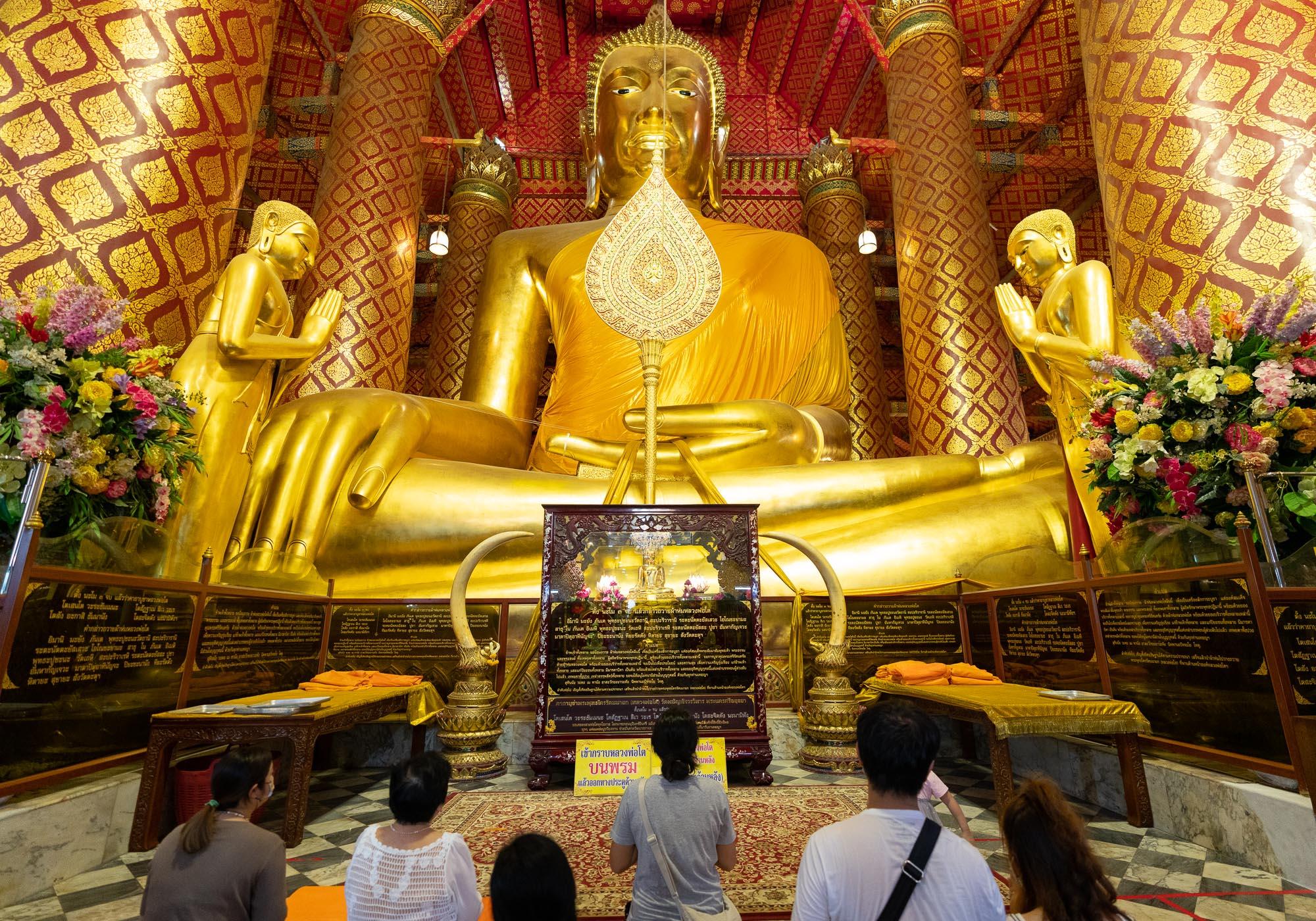
As the wealth of Ayutthaya grew, so did the opulence of the centre of the city. The first royal palace on the island was replaced with another vast one a few hundred metres away, while successive rulers each wanted to make their mark with new grand temples. The construction of Wat Mahathat was followed by the larger Wat Ratchaburana, and then the even more impressive Wat Phra Si Sanphet. But these royal temples were just some of the dozens of Buddhist complexes constructed on the island and in the city that spread out on the other side of the rivers.
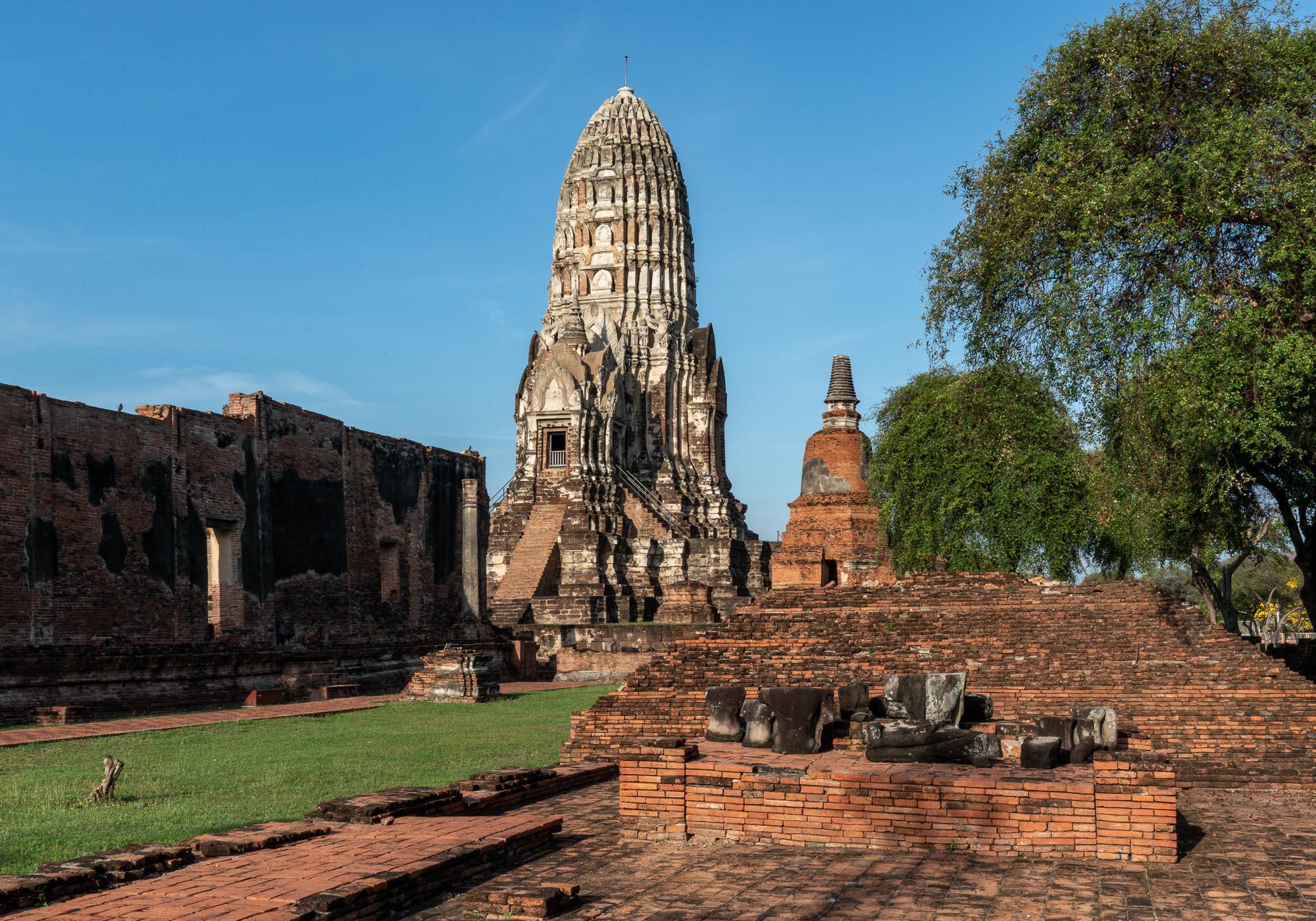
By the 17th century, Ayutthaya had embraced its position on international trading routes and had become one of the richest and most cosmopolitan cities in the world. The Portuguese were the first to arrive, followed by other European powers like the Dutch and French, as well as traders from China, India, and the Middle East. Some experts believe that during this period, Ayutthaya would've had a population of more than a million people, making it the largest city in the world. The foreigners formed districts along the rivers, while the island was primarily reserved for official uses and the extravagant construction program continued apace.
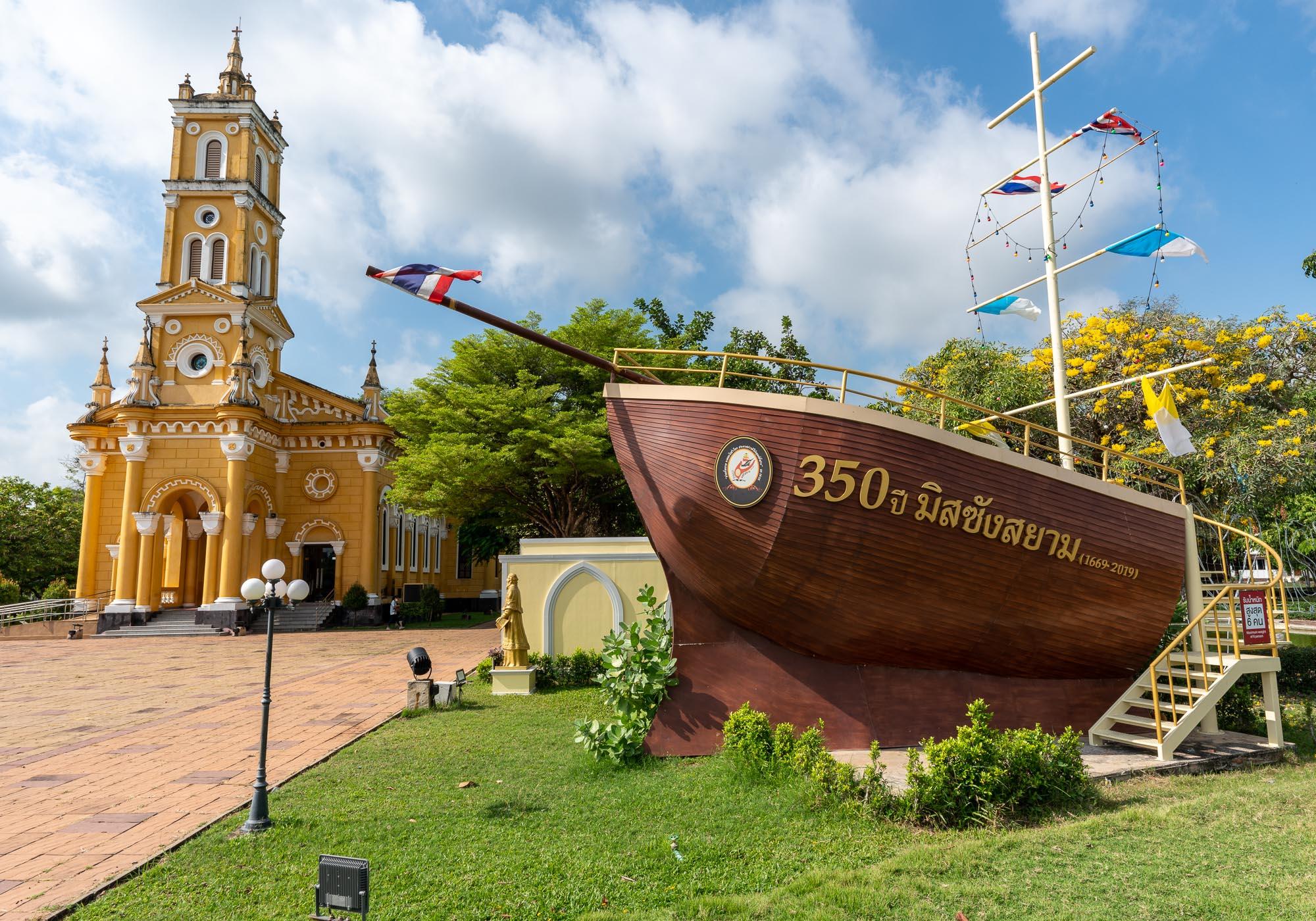
By the beginning of the 18th century, however, the rulers of Ayutthaya had become concerned about the impact of Western religions and they closed the borders of Thailand to most Europeans. Ayutthaya did continue to trade with other Asian countries, particularly China, and the kingdom entered what is considered 'the golden era'. Ayutthaya was as economically prosperous as ever and the city's skyline was transformed with the renovation of old temples and the construction of new ones – most famously the riverside Wat Chaiwatthanaram.

After generations of battles between the kingdoms of Ayutthaya and Burma, the Burmese army achieved the final victory in 1767 and destroyed the city of Ayutthaya. Rather than rebuild, the Siamese moved their capital south to Thonburi, on the opposite side of the Chao Phraya River to Bangkok. After 417 years, the Ayutthaya Kingdom had come to an end and the third capital of Thailand emerged.
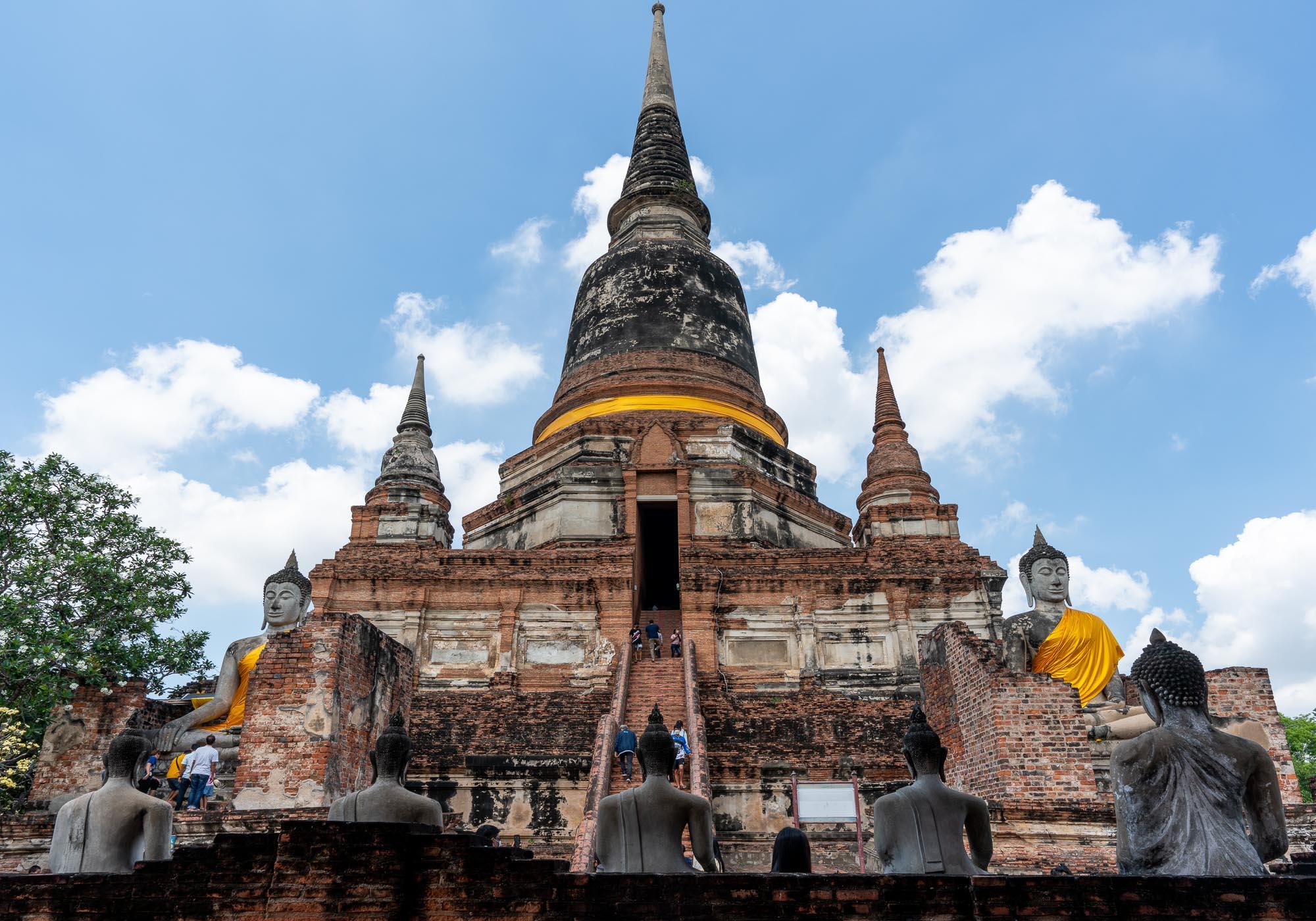
The most important temples of the Ayutthaya Kingdom still dominate the centre of the island, with their distinctive towers known as prangs soaring towards the sky. Across the rivers, dozens of other temples and monasteries are dotted throughout the city and countryside – a reminder that Ayutthaya was once home to more than a million people. Visitors can drive or cycle through the historic areas to discover the large Buddhist complexes, as well as the old international districts formed by foreign traders over the centuries.

